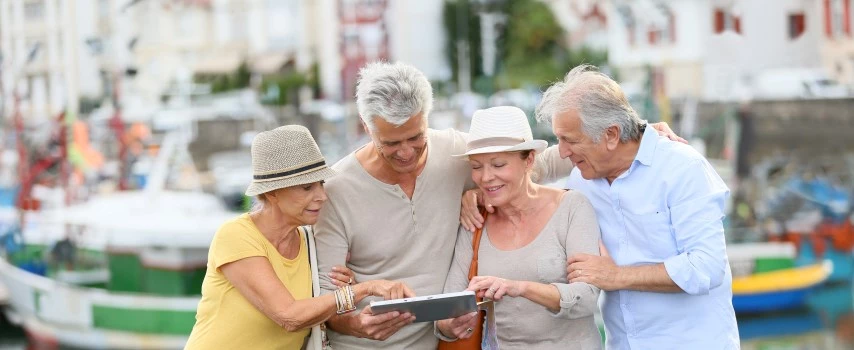
Traveling with Diabetes A Guide to Food Safety
Choosing the Right Foods
When traveling with diabetes, it’s crucial to plan your meals carefully to maintain your blood sugar levels. Here are some tips for choosing the right foods:
- Carbohydrates: Opt for complex carbohydrates like whole grains, fruits, and vegetables, as they digest more slowly than simple carbohydrates.
- Protein: Include protein sources in your meals to help stabilize blood sugar levels. Good options include lean meats, fish, eggs, and legumes.
- Healthy fats: Choose healthy fats like avocados, nuts, and seeds to add flavor and satiety to your meals.
- Avoid processed foods: Processed foods often contain high amounts of added sugars, unhealthy fats, and sodium, which can negatively impact your blood sugar control.
Packing Snacks
It’s essential to have healthy snacks on hand to avoid low blood sugar episodes while traveling. Here are some snack ideas:
- Nuts and seeds: Almonds, walnuts, sunflower seeds, and pumpkin seeds are nutritious and portable snacks.
- Fruit: Pack fresh or dried fruit, such as apples, bananas, grapes, or raisins.
- Vegetables: Bring along raw vegetables like carrots, celery, or cucumber sticks with a dip like hummus or guacamole.
- Whole-grain crackers: Whole-grain crackers with a protein spread like peanut butter or almond butter make a satisfying snack.
Eating Out Safely
When dining out, it’s important to make informed choices. Here are some tips for eating out safely:
- Ask about ingredients: Don’t hesitate to ask the server about the ingredients in a dish or how it’s prepared.
- Choose grilled or baked options: Opt for grilled or baked dishes over fried ones, as they are generally lower in fat and calories.
- Avoid sauces and gravies: Sauces and gravies can be high in sugar and sodium.
- Portion control: Be mindful of portion sizes to avoid overeating.
- Consider sharing: If you’re dining with a group, consider sharing a meal or ordering appetizers to control your portions.
Managing Blood Sugar Levels While Traveling
It’s essential to monitor your blood sugar levels regularly while traveling. Here are some tips for managing your blood sugar:
- Carry a glucagon kit: If you’re at risk of severe hypoglycemia, make sure to carry a glucagon kit with you at all times.
- Check your blood sugar frequently: Monitor your blood sugar levels more often than usual when traveling, especially if you’re experiencing stress, jet lag, or changes in your routine.
- Adjust your insulin dosage: You may need to adjust your insulin dosage based on your activity level, diet, and stress levels while traveling.
- Be aware of time zone changes: Time zone changes can affect your blood sugar levels. Adjust your eating and medication schedules accordingly.
Cultural Considerations
When traveling to different countries, it’s important to be aware of cultural food customs and dietary restrictions. Here are some things to keep in mind:
- Research local cuisine: Learn about the local cuisine and identify any potential allergens or foods that may be difficult to digest.
- Be mindful of religious dietary laws: Some religions have specific dietary laws, such as halal or kosher. Be respectful of these laws when traveling.
- Communicate your dietary needs: If you have specific dietary needs, such as avoiding gluten or dairy, be sure to communicate these to your hosts or servers.
Emergency Preparedness
It’s always a good idea to be prepared for emergencies while traveling. Here are some tips for emergency preparedness:
- Carry a medical ID: Wear a medical ID bracelet or necklace that indicates you have diabetes and any other relevant medical information.
- Know the location of medical facilities: Research the location of hospitals and clinics in the areas you’ll be visiting.
- Pack a first-aid kit: Carry a first-aid kit with essential supplies, including glucose tablets, insulin syringes, and a glucagon kit.
- Communicate with your healthcare provider: Let your healthcare provider know your travel plans and any concerns you may have.




